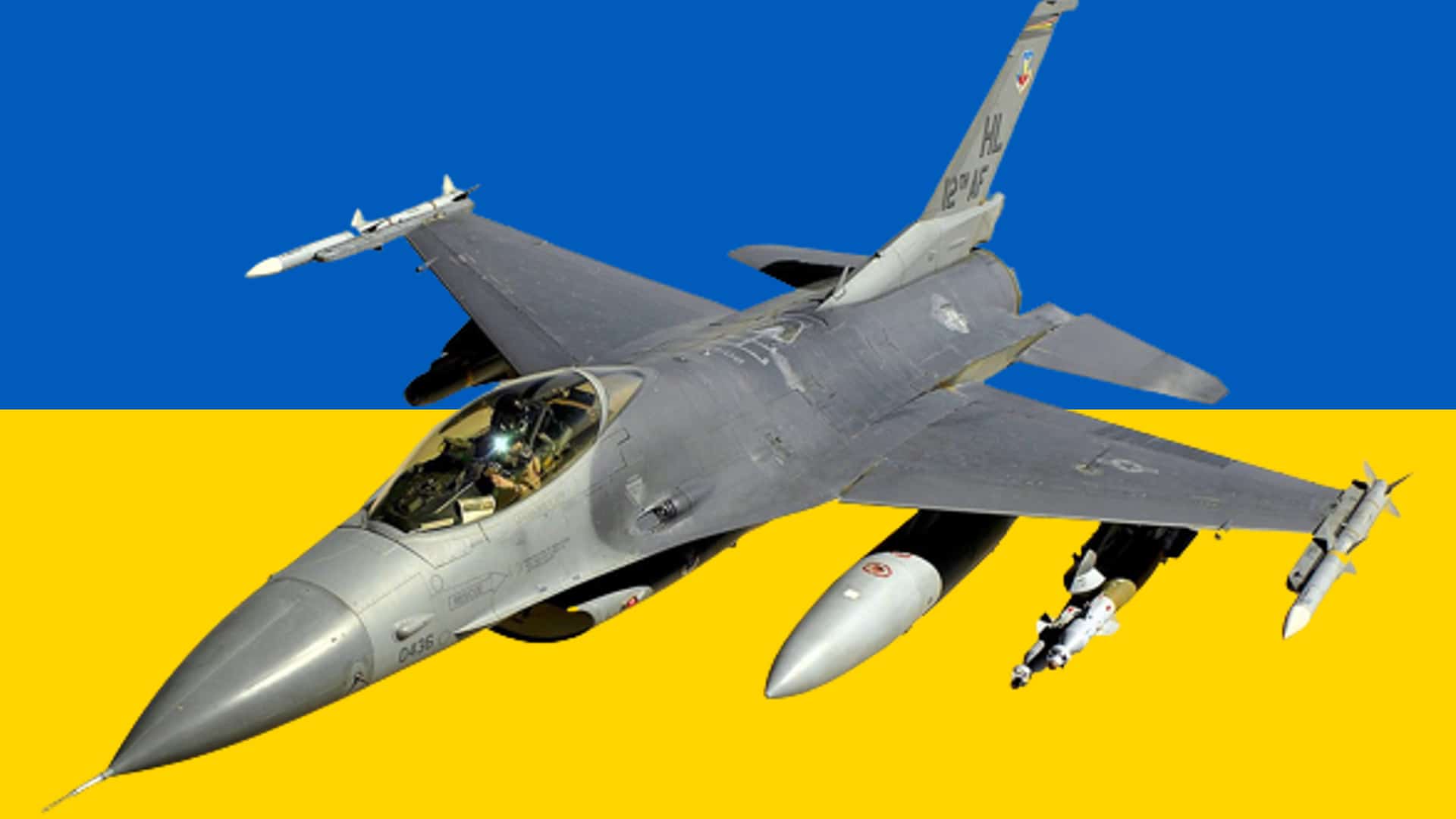Ukraine is set to begin receiving F-16 fighter jets from its Western backers later this week after months of delays. The advanced aircraft will serve in a limited role out of fear they will be easily shot down by Russian air defenses.
Well over a year after the US and its NATO allies announced a plan to train Ukrainian pilots on the F-16 and supply the jet to Kiev, the first batch of warplanes is expected to be operational in a matter of weeks. The arrival of the American-made aircraft is not expected to have a major impact on the fighting.
It is unclear if any F-16s have arrived in Ukraine yet. Officials in Kiev say they are “in the process” of moving them into the country, but have declined to say how many planes they would receive, the New York Times reported.
According to the Washington Post, the advanced aircraft are expected to operate far from the front lines and mainly focus on downing Russian missiles and drones. The US administration is concerned that Russian air defenses will be able to quickly defeat the F-16s.
“Officials have said that the planes, at least initially, are unlikely to fly too close to the front-line fighting, meaning it is unclear they will even be able to deter attacking enemy aircraft from crossing into Ukraine from Russian airspace,” the paper wrote.
Kiev had hoped to receive the warplanes by the end of 2023, but delays in pilot training pushed back the delivery for several months. Ukrainian military officials have lamented that the delays mean the F-16s will have little impact on the battlefield as Russia is well prepared for their arrival.
According to the Post, only a limited number of F-16s will be delivered to Ukraine this year, and just six pilots have completed the training program so far. Ukrainian forces also face dire missile shortages, further limiting the use of the aircraft.
The F-16s will carry AIM-120 air-to-air missiles that also function as interceptors for the US-supplied NASAMS air defense system, though Ukraine is now running low on the munition.
Ukraine will also likely struggle to maintain airfields to support the fighter jets, with all of its existing airstrips within range of Russian munitions. Officials have suggested that Kiev will store its F-16s at air bases in NATO countries, and one explained to the Post that it is “not possible” to construct new concrete hangars in Ukraine during wartime.
In the early days of the war, President Joe Biden promised the American people he would not send advanced tanks and warplanes to Ukraine out of concern it would cause direct conflict with Russia. However, last year, the White House moved away from that pledge and approved a plan for Belgium, Denmark, the Netherlands, and Norway to send about 80 F-16s to Ukraine while the US and other allies train the pilots.
The Kremlin views F-16s in Ukraine as highly provocative as the aircraft are capable of carrying nuclear weapons. The members of NATO sending F-16s to Ukraine have not put restrictions on where the aircraft can operate. Some members have explicitly authorized Kiev to use the warplanes to bomb Russia.
“Just one example of an extremely dangerous turn of events is the United States plans to transfer F-16 fighter jets to the Kiev regime,” Russian Foreign Minister Sergey Lavrov said last July. “We have informed the nuclear powers, the United States, Britain and France, that Russia cannot ignore the ability of these aircraft to carry nuclear weapons. No amount of assurances will help here.”
































